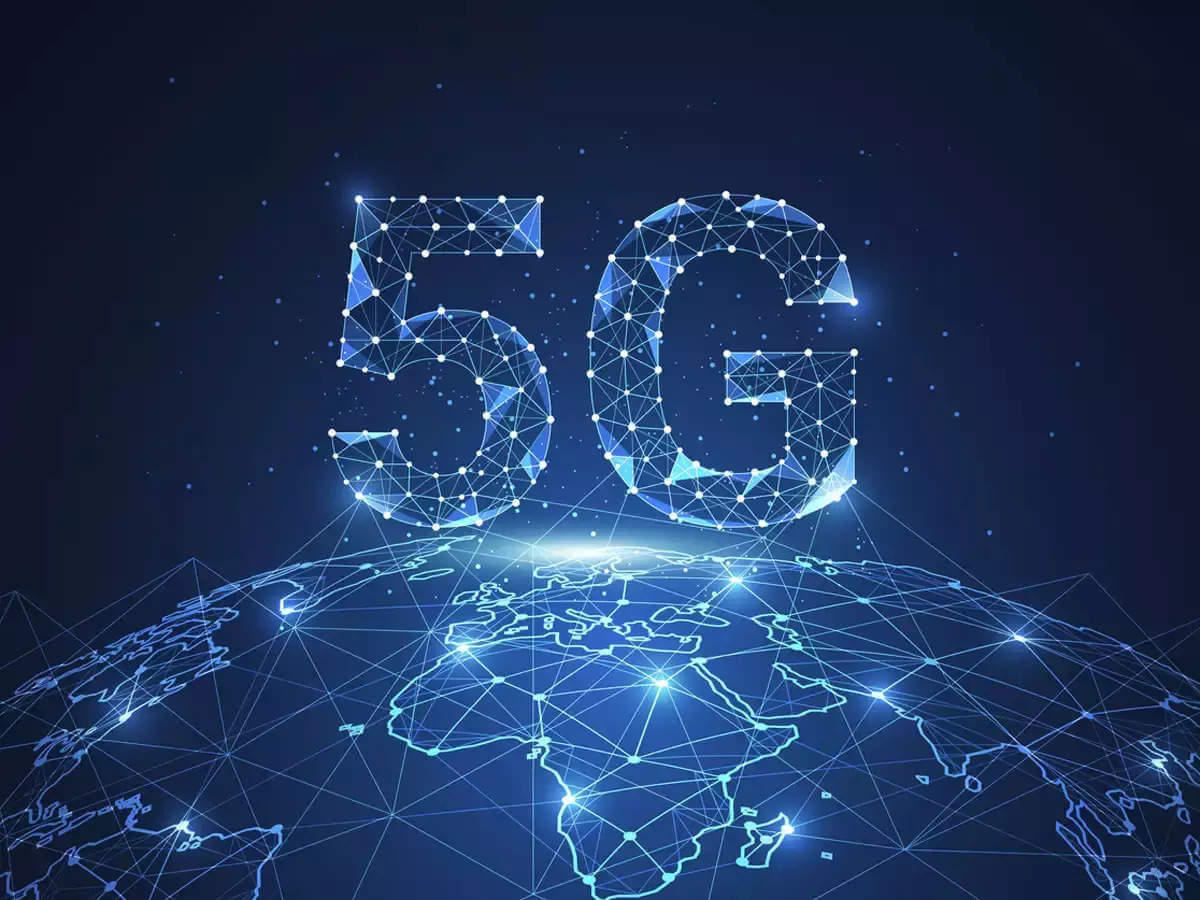In the ever-evolving landscape of technology, the convergence of 5G and the Internet of Things (IoT) is poised to redefine connectivity and usher in a new era of possibilities. This symbiotic relationship holds the potential to revolutionize how devices communicate, paving the way for unprecedented innovations across industries. In this article, we’ll explore the intricate dance between 5G and IoT and the transformative impact they collectively bring to the forefront.
Understanding 5G’s Prowess
Before delving into their symbiosis, it’s crucial to grasp the capabilities and Advantages of 5G Networks. The fifth generation of wireless technology, 5G, promises not just faster internet speeds but also lower latency and increased capacity. This leap in connectivity is the foundation upon which the IoT can build its interconnected ecosystem.
The IoT Revolution
The Internet of Things refers to the network of interconnected devices that communicate and share data seamlessly. From smart home appliances and wearables to industrial sensors and autonomous vehicles, the IoT landscape is diverse and expanding rapidly. However, for the IoT to reach its full potential, it requires a robust and advanced communication infrastructure—enter 5G.
1. Unprecedented Speed and Bandwidth:
5G’s enhanced speed and bandwidth allow for the real-time exchange of vast amounts of data between IoT devices. This is particularly crucial in scenarios where split-second decisions are imperative, such as in autonomous vehicles or critical healthcare applications.
2. Low Latency Communication:
The low latency offered by 5G ensures almost instantaneous communication between devices. This is a game-changer for applications like remote surgery, where minimal delay is paramount for the success and safety of the procedure.
3. Massive Device Connectivity:
One of the standout features of 5G is its ability to connect a massive number of devices simultaneously. This is essential for the IoT, where a multitude of devices ranging from smart thermostats to industrial sensors need to communicate seamlessly.
4. Enhanced Reliability:
The reliability of 5G networks ensures a consistent and stable connection, critical for applications like smart grids or infrastructure monitoring where interruptions could have severe consequences.
5. Energy Efficiency:
5G’s efficiency in transmitting data allows for energy savings in IoT devices. This is especially crucial for battery-powered devices, extending their operational life and reducing the environmental impact.
6. Edge Computing Integration:
The combination of 5G and edge computing brings processing power closer to the source of data, reducing latency and enhancing the efficiency of IoT applications. This is particularly advantageous in scenarios requiring real-time data analysis.
Future Implications
As the synergy between 5G and the IoT continues to deepen, the future implications are profound. From smart cities and healthcare innovations to industrial automation and augmented reality experiences, this symbiotic relationship will reshape the way we live, work, and interact with the world around us.
Advantages of 5G:
a. Enhanced Speed:
5G boasts significantly faster data transfer speeds compared to its predecessors, facilitating quicker and more efficient communication between devices.
b. Lower Latency:
The reduced latency of 5G ensures minimal delays in data transmission, making it ideal for applications demanding real-time responsiveness.
c. Greater Capacity:
With its increased capacity, 5G can handle a larger number of connected devices simultaneously, accommodating the expansive IoT ecosystem seamlessly.
d. Improved Connectivity in Crowded Areas:
5G’s ability to operate in crowded areas with a high concentration of devices makes it ideal for urban environments and events where connectivity demands are intense.
e. Support for Emerging Technologies:
The advanced capabilities of 5G make it a catalyst for emerging technologies such as augmented reality (AR), virtual reality (VR), and holographic communication.
Future Implications
As the synergy between 5G and the IoT continues to deepen, the future implications are profound. From smart cities and healthcare innovations to industrial automation and augmented reality experiences, this symbiotic relationship will reshape the way we live, work, and interact with the world around us.
Conclusion
In conclusion, the symbiotic relationship between 5G and the Internet of Things is a pivotal force driving the next wave of technological evolution. The speed, low latency, and connectivity prowess of 5G unlock the full potential of the IoT, creating a seamless and intelligent network of interconnected devices. As these technologies continue to advance hand in hand, the possibilities are limitless, promising a future where connectivity is not just faster but smarter, more efficient, and deeply woven into the fabric of our daily lives.
Also Read – Strategies for Effective Team Collaboration










